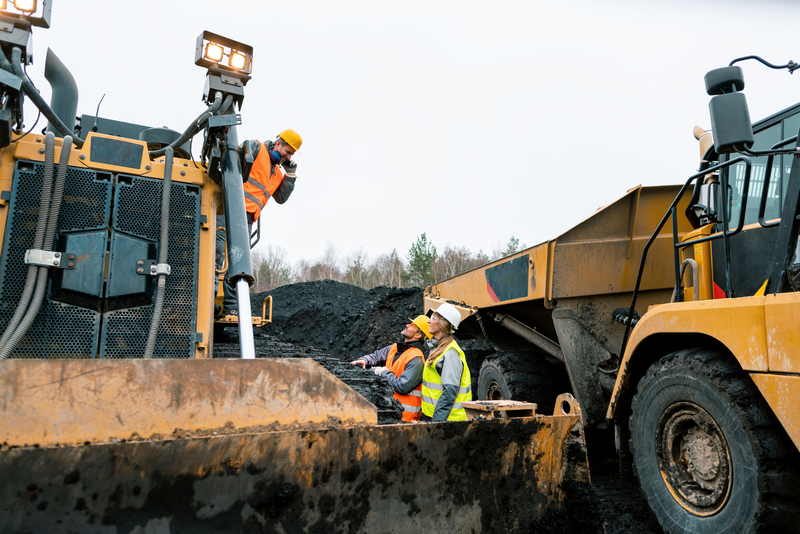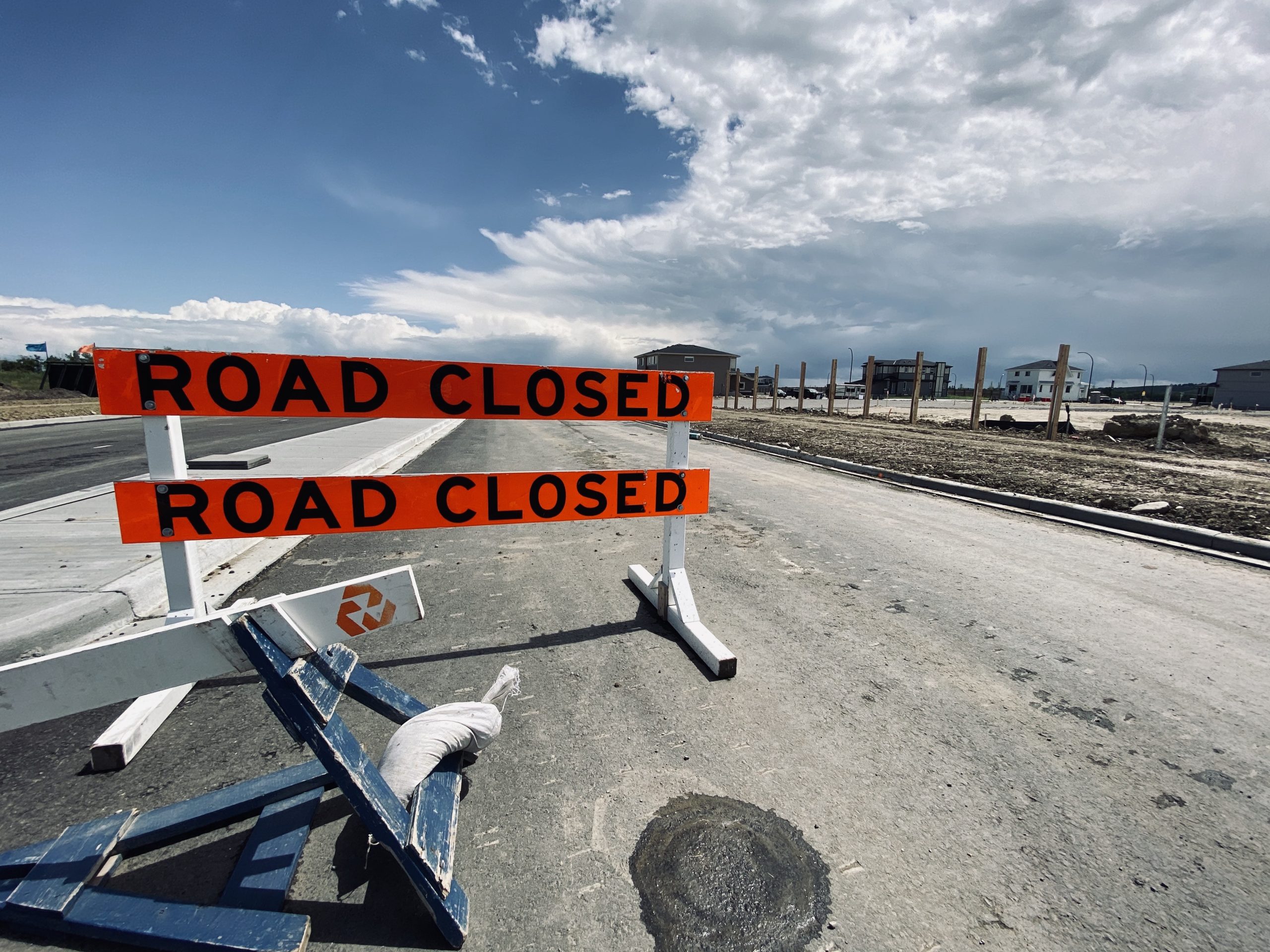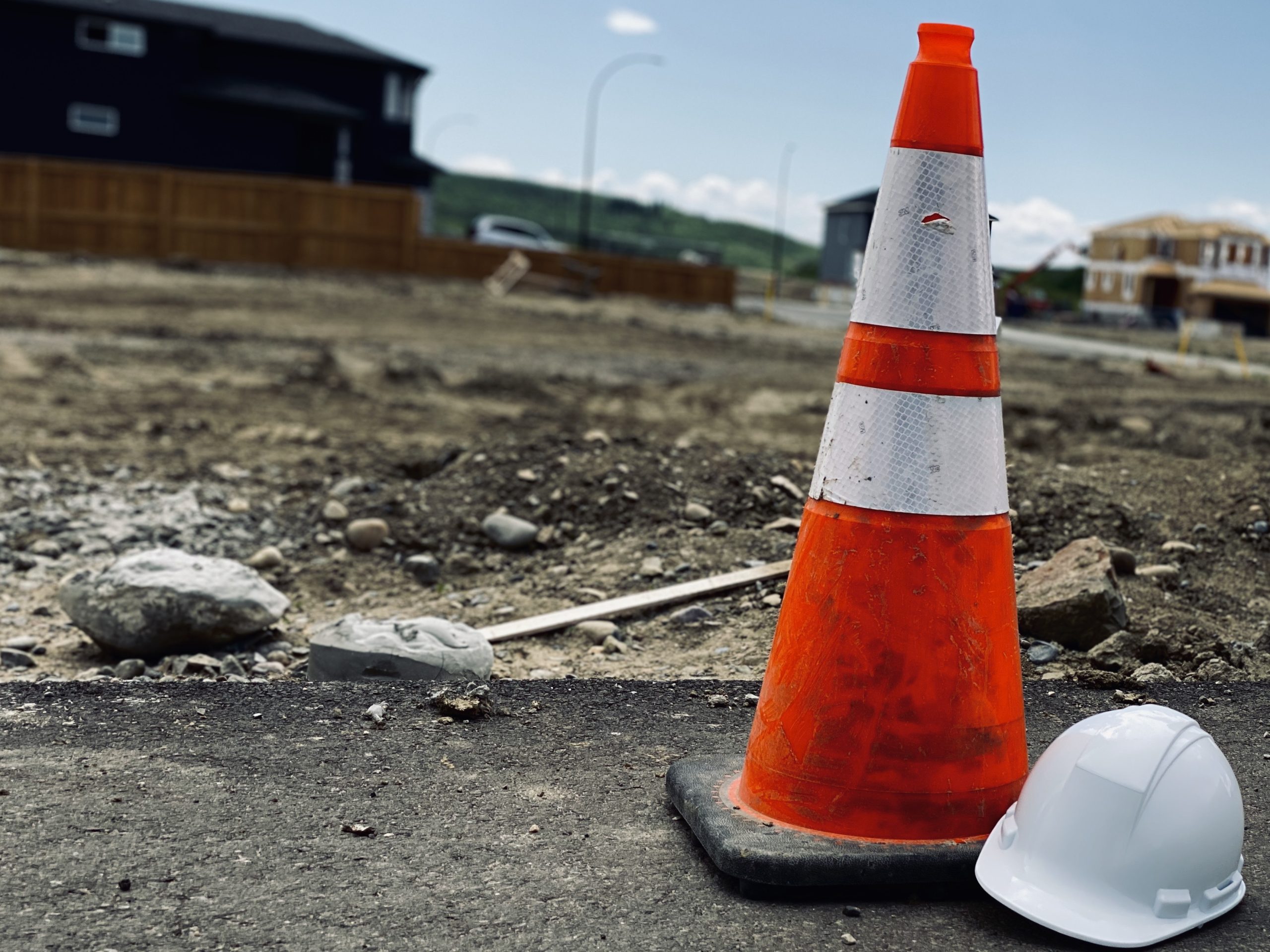If you’re a heavy equipment operator and/or you frequently work on construction sites, it’s imperative that you’re informed regarding equipment safety. Though heavy equipment is a necessity, it’s extremely dangerous when not used properly. Workplace injuries impact workers, families, communities and businesses. To ensure you stay productive and maintain an accident-free job site, take note of the following safety tips for operating and/or being around heavy equipment.
- Establish and maintain open and constant communication: Reduce the likelihood of someone being in the wrong place at the wrong time by establishing clear communication with equipment operators, ground crew, supervisors and all others on a job site. Use two-way-radios to keep everyone informed and to double-check surroundings before heavy equipment is operated.
- Be aware of your surroundings: When operating heavy machinery, take initiative and keep an eye out for others. Be mindful of the area you’re working in and any obstacles you may encounter. Make sure your path is clear before operation. Be aware of your swing radius when working in tight spaces. Anticipate hazards before they happen. Overhead power lines should be de-energized. All underground utilities (sewer, water, gas, electrical, cable) need to be identified and clearly marked. Keep workers out of areas where heavy equipment is in operation.
- Avoid blind spots: Be certain that there is no one and/or nothing behind you before backing up. Mirrors do not provide a 360-degree vision. To avoid blind spots, get out of your machine to have a look.
- Watch load limits: Know the limits of your equipment. To ensure you don’t push your equipment past its capability, carry under the load limit. Make sure your load is secured using correct tie downs and do a visual check of rigging for fraying and/or breakage. Before moving a load, make sure everyone is safely out of the way.
- Use proper safety equipment: Wear a seatbelt when operating heavy machines. Keep your hard hat and boots on when near heavy equipment.
- Enter and exit safely: As falls are one of the leading causes of injury on work sites, watch your step when mounting and dismounting from heavy equipment. Maintain a three-point contact. Never carry anything when entering or exiting the cab. Never jump from the cab. Never enter/exit equipment that is moving. Shut off equipment, engage the parking brake and release the pressure from hydraulic controls before exiting.
- Double-check: When you’re finished using equipment, ensure that it’s powered off, not idling or running.
- Inspect before use: Have a safety checklist in place (daily, weekly, monthly). Perform visual inspections (daily) before operating machinery. Check tire/tracks, hydraulic hoses, buckets, booms and other components for wear/damage. Check fluid levels (oil and hydraulic fluid). Make sure all attachments are securely locked into place. Make sure lights, gauges, horn and backup alarms are working properly. Ensure that arms, shovels, and buckets are fully extended in all directions. Check cab rotation. Never use equipment that isn’t working properly or appears damaged.
- Watch overhead: When operating tall equipment, check to make sure your path is free of overhead hazards (power lines, metal rods, other overhead items).
- Recognize your limits: We all have different physical, mental, and emotional capabilities. These change with age and experience. Know your limits. Never put yourself in a situation where you’re doing a task that you feel physically, mentally, or emotionally incapable of completing safely. Notify your supervisor if you don’t feel capable of doing the work. Express your concerns. Ask for clearer instructions. Request a spotter. Request that a more experienced operator complete a specific part of the job.
- Only use equipment as intended: Equipment was designed to perform a specific task. Pick the right piece of equipment for the task at hand and use it as the manufacturer intended. Don’t overload or overwork equipment.
- Keep the work area clear: Cordon off the area with barriers to keep workers/visitors from accidentally getting in close proximity to operating equipment. Utilize a spotter and radio or hand signals to communicate with the operator and keep your blind spots clear.
- Load and unload safely: Make sure your heavy equipment is sitting on level ground before loading or unloading. Ask a spotter to make sure people are standing away from your loading/unloading area.
- Avoid unexpected start-up: To prevent potential hazardous start-up, disconnect the power to equipment before completing maintenance. Develop a lockout tag-out program.
Accidents happen, but there are proactive steps you can take to prevent incidents. If you’re a heavy equipment operator or your company utilizes heavy equipment, know these steps. Make sure your machinery is in safe working condition at all times. Being part of a positive, productive work environment is critical to avoiding workplace incidents.
Interested in learning safety rules/guidelines for heavy equipment operation? Looking for professional safety consultants that are passionate and knowledgeable? Want a safety consultant that responds in a timely manner and provides teaching at every opportunity? Seeking customer service that exceeds your expectations? Get in touch with 1st Quality Safety Consulting. We provide safety programs, monthly consulting packages, digital safety management software and online and in-person courses.








